Photo by Sebastian Unrau on Unsplash
The health of your grass depends on more than what you are doing for it now. It is built year after year, so this fall is the prime time to start getting your grass ready for next summer’s backyard BBQs, soccer practices, games of frisbee, and family get-togethers.
To help your grass successfully over-winter and take off next spring, this is the perfect time to tackle a few essential to-do items such as fertilizing, removing excess thatch, and keeping a regular mowing and watering schedule. It’s also the perfect time to reseed bare patches or rejuvenate a thinning yard by overseeding.
Understanding Cool-Season Grasses
To better understand what your grass needs in the fall, let’s talk about cool-season grasses. These types are typically grown in the northern US, where summer temps are milder, but the winters can be cold and harsh with a good amount of snow accumulation.
Cool-season grasses green up in March or April and can stay healthy and green well into October or November, providing a green landscape for a more extended period than warm-season grasses grown in the South. They grow the most in the spring and fall when temperatures are cooler and go dormant when air temps drop below 40 to 42°F.
Preparing Your Grass For Winter
Chances are, your grass is growing really well in the fall, and you’re tempted to sit back and let it coast for the rest of the season. However, it’s critical to care for it as it prepares to go dormant.
Apply a Fall Fertilizer
Fertilizing your grass in the fall is one of the most important times to give it a boost of nutrients! Right now, your grass is recovering from the stress of summer heat and drought and preparing for the first autumn frost and winter dormancy. This is the perfect time to apply fertilizer to help it rebound from summer and build stamina for the upcoming winter.
About six weeks before the first expected frost, apply a high-nitrogen fertilizer—30-0-4 or 25-5-5—or a balanced nutrient formula like 12-12-12.
This application helps the grass in many ways.
- Nitrogen improves turf density and green-up in the spring.
- Potassium improves its tolerance to environmental stressors like cold weather.
- Phosphorus promotes root growth and helps store energy reserves within the plant.
Remove the Excess Thatch Layer
Over time, a layer of organic matter consisting of living and dead material builds up between the soil surface and where the grass is actively growing. When this layer is thin, it benefits the lawn, but when the thatch becomes deeper than one-half an inch, it limits water and nutrient movement into the soil and can harbor pests and diseases.
If your thatch layer is significant, now is the time to dethatch and remove some of it, to improve permeability. You can hire a landscape service to do it for you, rent equipment yourself, or use a special handheld rake to pull the excess from your grass.
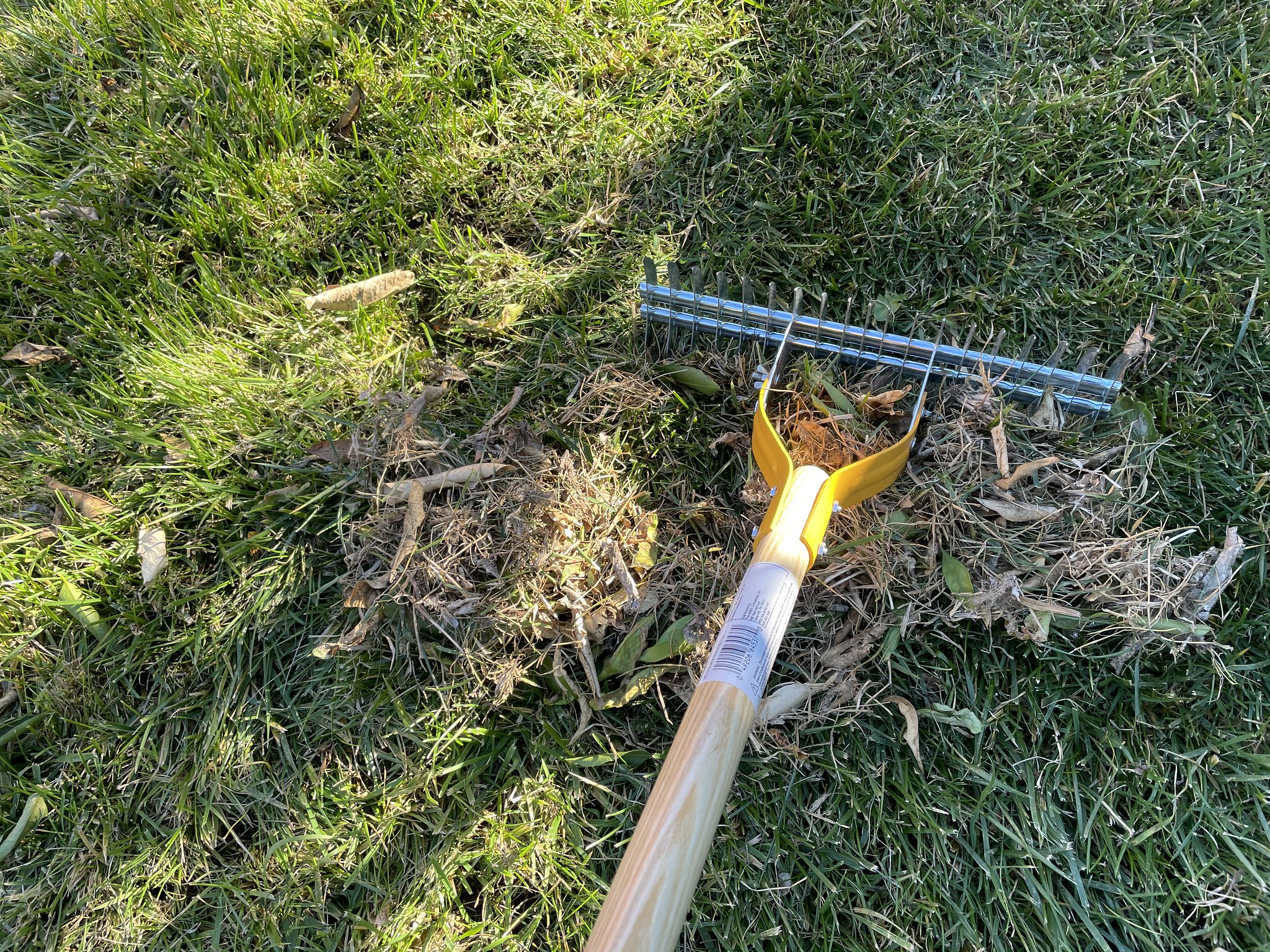 Photo by Naoto Sato on Flickr
Photo by Naoto Sato on Flickr
Maintain a Regular Watering Schedule
Your grass is still actively growing through the fall—thriving, actually—so it’s important it continues to get enough water. This time is also a period of recovery where the grass is bouncing back from the scorching summer temps.
In general, give your lawn one inch of water weekly, including precipitation. As the temperatures cool, you can start stretching the same amount every ten to fourteen days until you experience consistent freezing temperatures.
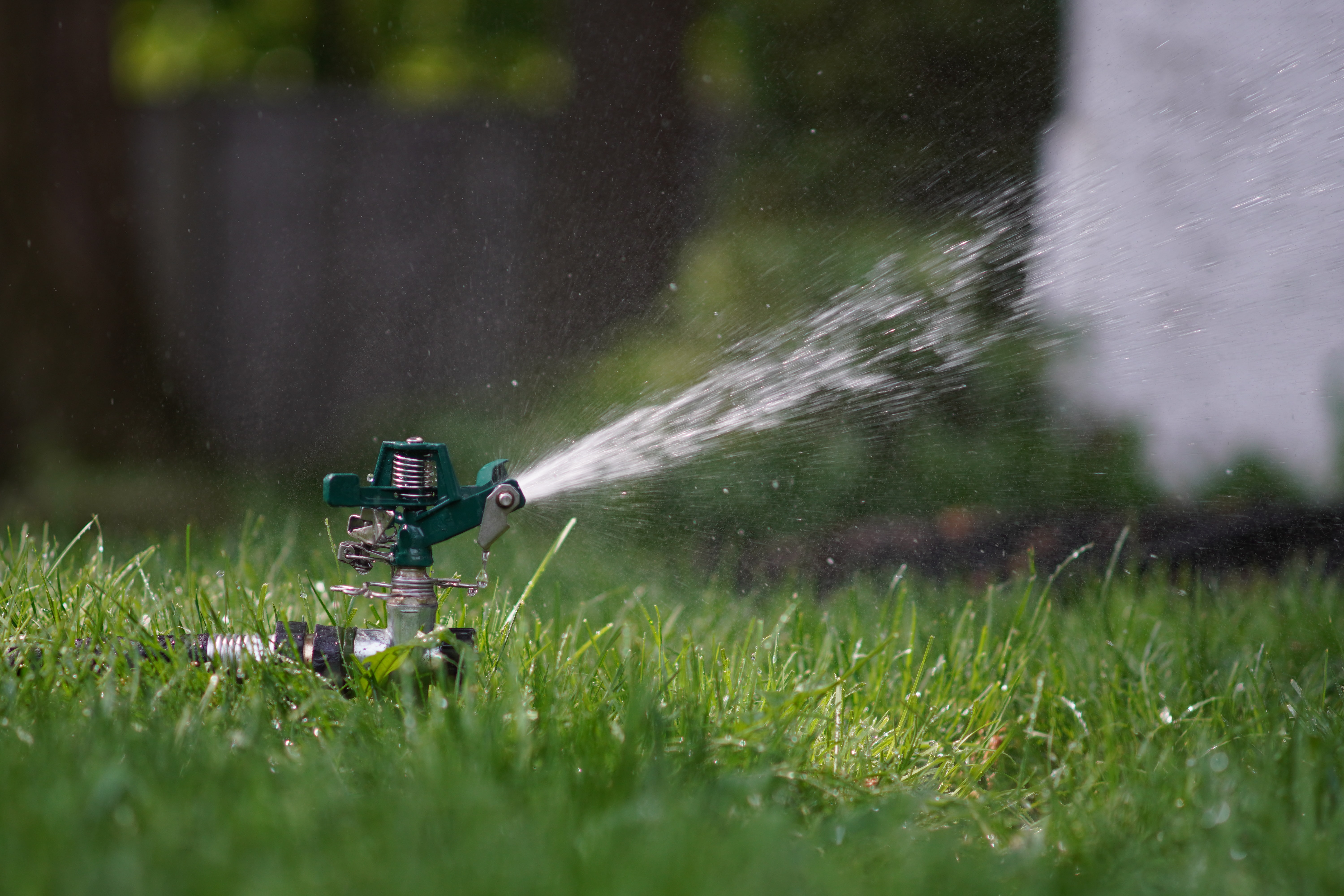 Photo by Paul Moody on Unsplash
Photo by Paul Moody on Unsplash
Keep Mowing Like Normal
Compared to the hottest part of summer, when growth slows way down, you will see a growth spurt in your grass again come fall. Continue mowing your lawn, timing it to the grass’ height instead of a strict calendar schedule. Don’t be tempted to start cutting it super short, but rather, keep the grass at its recommended mowing height as long as possible.
When you’re getting down to the last couple of mowings of the season, you can gradually drop the mower deck down to two or two and a half inches.
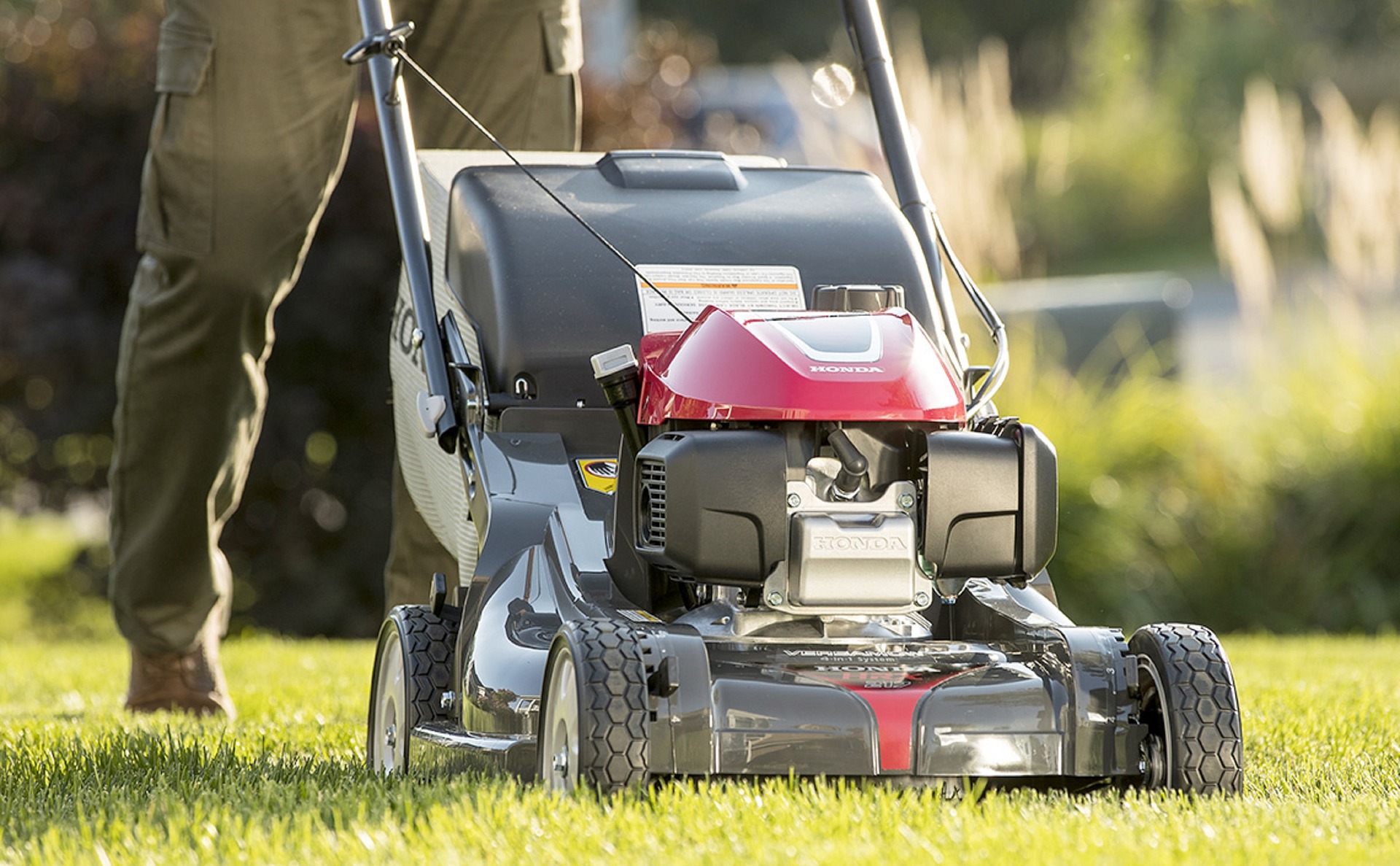 Photo by Louiesharpe from Pixabay
Photo by Louiesharpe from Pixabay
Topdress Your Grass
Topdressing is an organic lawncare practice where a thin layer of compost, topsoil, or sand is spread across the entire turf. When compost is used, the one-quarter to one-half inch thick material helps improve the soil with its microbes. The microorganisms improve aeration and break down thatch to add nutrients to the ground.
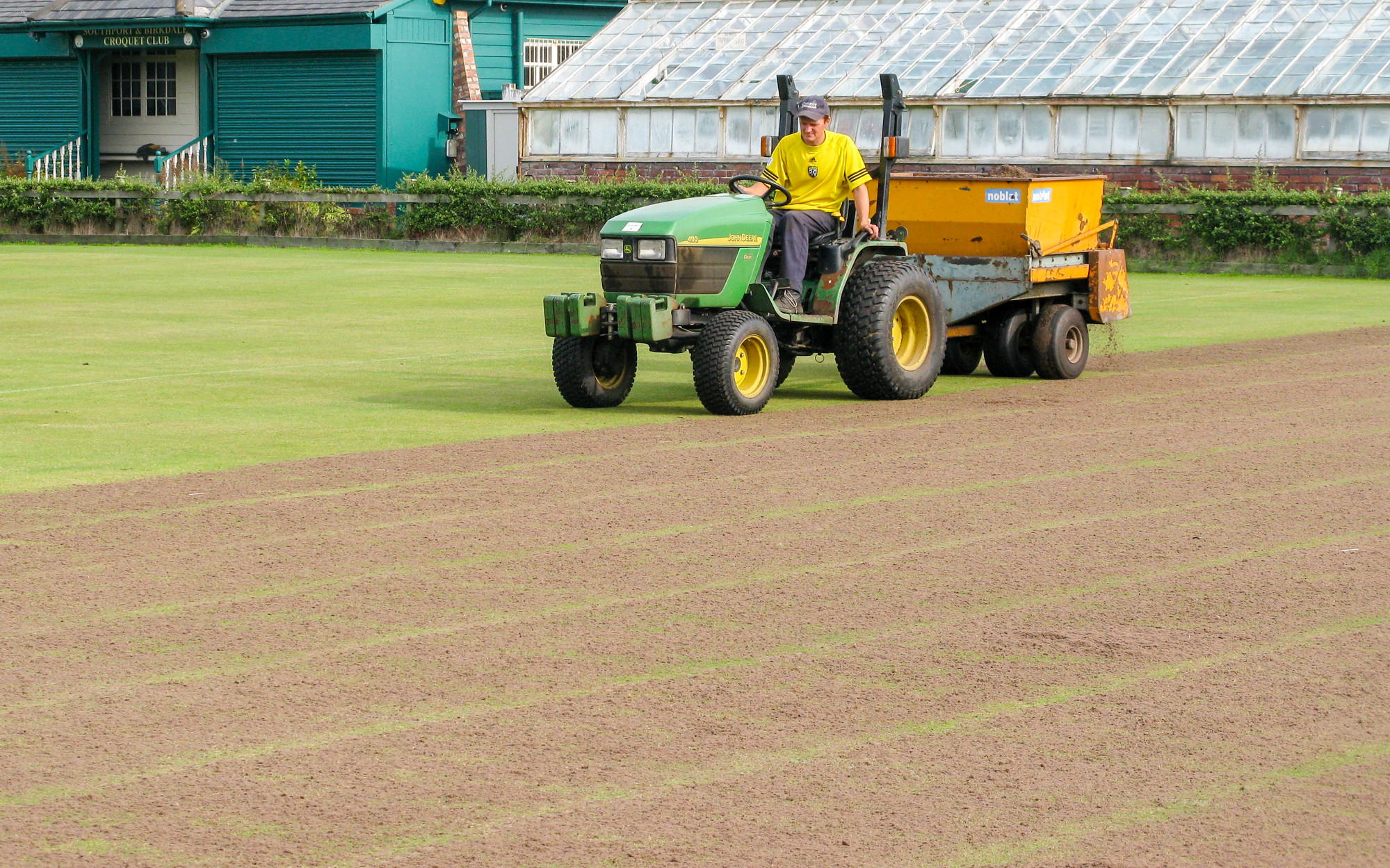 Photo by Southport Croquet on Flickr
Photo by Southport Croquet on Flickr
Mulch Fallen Leaves Instead of Raking
You don’t want fallen leaves left on your grass all winter—contrary to popular belief, they do not insulate your lawn—as they can block the sunlight and cause your grass to thin. Instead of spending hours and hours raking them up, save yourself some time and mulch them into small pieces with your lawnmower. Soil microbes will help break the pieces down.
 Photo by Scott Webb on Unsplash
Photo by Scott Webb on Unsplash
Perform Some Perennial Weed Control
Like your grass preparing for winter, perennial weeds are doing the same thing in fall and relocating energy reserves from leaf tissue into the roots. This makes it so September and October are great months to apply broadleaf herbicides. Once applied, the plant absorbs the weed killer and moves it down to the roots, offering more effective control.
 Photo by Glenn Carstens-Peters on Unsplash
Photo by Glenn Carstens-Peters on Unsplash
Reseed Bare Patches or Overseed a Thinning Lawn
If your grass looks a little sparse or has bare patches that need fixing, this is also the perfect time to put down new seeds. Now that the summer heat has passed, grass seed will germinate quickly since evaporation is lower, and your new grass will proliferate to establish itself before winter arrives.
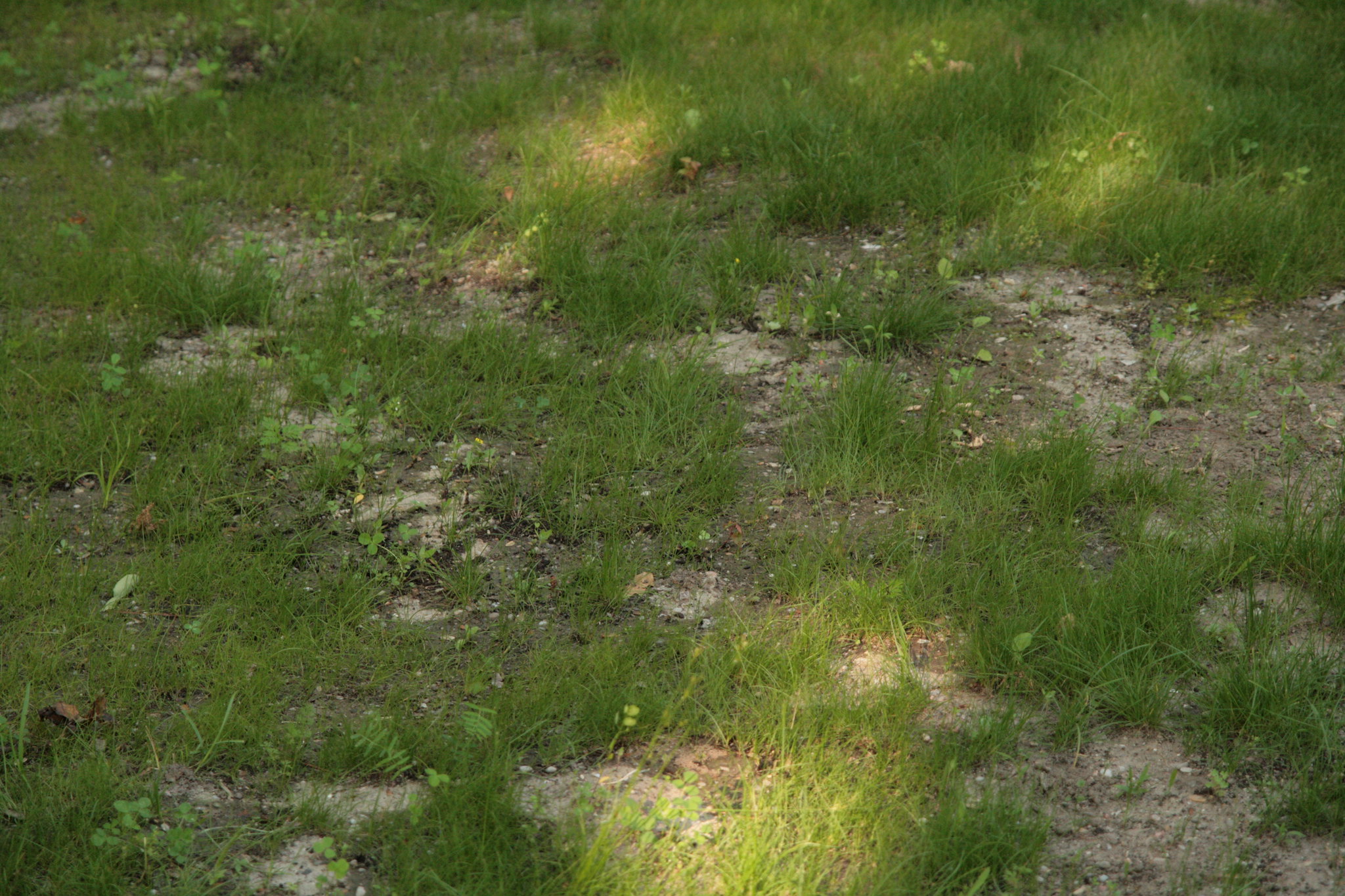 Photo by Miriam Goldberger on Flickr
Photo by Miriam Goldberger on Flickr
Reseeding or Overseeding Your Existing Lawn
The terms reseeding and overseeding are often used interchangeably since they both entail putting seed down on an established lawn, but they are slightly different practices.
- Reseeding is typically the practice of putting down grass seed in bare or dead spots where the grass isn’t growing.
- Overseeding is where you put grass seed on an already established lawn without tearing up the turf. It’s used to improve the lawn’s density and thickness or introduce improved grass species.
When Should I Plant Cool-Season Grass Seed?
The best time for planting new grass seeds is when air temps are between 60 and 75°F during the day, and the soil is 50-60°F. This window of opportunity depends slightly on where you’re located, but this is usually late August to mid-September in the Midwest.
Another recommendation is to plant your cool-season seeds about 45 days before your area's first frost is predicted.
Why is it Important to Time Sowing Seed Correctly?
Whether you’re reseeding or overseeding, your main goal with sowing new seed is to time the sowing just before the grass goes into its most active growth cycle for the season. Cool-season grasses are best to time seeding just before the fall growth spurt. The air and soil temperatures are conducive for germination, the soil will hold more moisture, and the grass will grow quickly to establish itself before it goes dormant in late fall.
What happens if you plant too late?
If you plant too late, you shorten the grass’ period of “good” growth, and in turn, the grass isn’t ready for the upcoming winter. The root system will not be very deep, and the blades will not have had adequate time to harden. When temperatures begin dropping, the grass isn’t as equipped to handle dormancy, and you’ll see an increase in winterkill.
What happens if you plant too early?
If you plant too early, the late summer temperatures will still be too high, and germination may slow or halt. The hot conditions will also stress the new seedlings, making them more susceptible to diseases and pests, or they may not get enough water because of evaporation.
Do I have to plant new grass seeds in the fall?
It is often recommended to sow new cool-season grass seeds in spring, which is feasible, but when it is timed this way, the young grass is immediately subjected to the summer heat. The hot temperatures stress the new seedlings and can trigger them to go dormant immediately. You can avoid this by planting in the fall.
Recommended Cool-Season Grass Seeds for the Midwest
If your previous type of grass didn’t fare well in your yard, now is the time to select something better suited to your landscape. When looking at new varieties, run through some basic questions in your head.
- Have you planted new trees, or have established trees grown to shade your lawn?
- Have you noticed your soil is prone to holding water, or the soil drains quicker than you thought?
- Are you looking for a type of grass that requires less maintenance?
To improve your lawn’s performance, it may be worth considering turfgrass mixtures instead of a single variety. These mixtures are designed specifically for lawn use and combine the benefits (higher shade or drought tolerance, disease resistance, etc.) of numerous types.
Regardless of your needs, Deer Creek Seeds offers seed mixes suitable for various conditions, including:
- 5 Way Fescue Turf Mix for warm, humid areas needing higher disease resistance.
- Sunny Turf Mix for lawns that take the beating of full sun all day or most of the day.
- Sun & Shade Turf Mix for an “all-purpose” lawn that tolerates full sun to moderate shade.
- Sandy Soil Turf Mix for fast-draining lawns that are high in sand.
- Eco White Clover Turf Mix for a low-maintenance lawn that attracts bees and other pollinators.
- 50/50 Kentucky Bluegrass/Perennial Ryegrass Turf Mix for quick emergence, fine texture, and great color.
- Low Grow Fescue for low-maintenance lawns that don’t need high inputs.
- Shady Turf Mix for lawns with low light or mixed sun/shade.
- Speedy Green for quick germination and establishment.
- All-American Athletic Turf Mix for lawns with high-foot traffic.
If you are unsure what type is best, contact Deer Creek Seed’s support staff for help. With the longevity of your grass at stake, you want to ensure you’re purchasing the grass type right for your landscaping needs!
Additional Resources
- For more information on repairing your lawn by reseeding or overseeding, Deer Creek Seed has an in-depth article, including step-by-step instructions.
- If you’re looking for information on seeding a new lawn from scratch, you can check out our article on How to Seed a New Lawn.
- Iowa State University Extension has a helpful guide on lawn overseeding. And another resource on selecting the best grass species.
- Kansas State University Extension talks about the soak and cycle method of watering your lawn to increase drought tolerance.
- Need help with perennial weed control in your lawn? University of Nebraska-Lincoln’s Turfgrass Science Program has all you need to know.




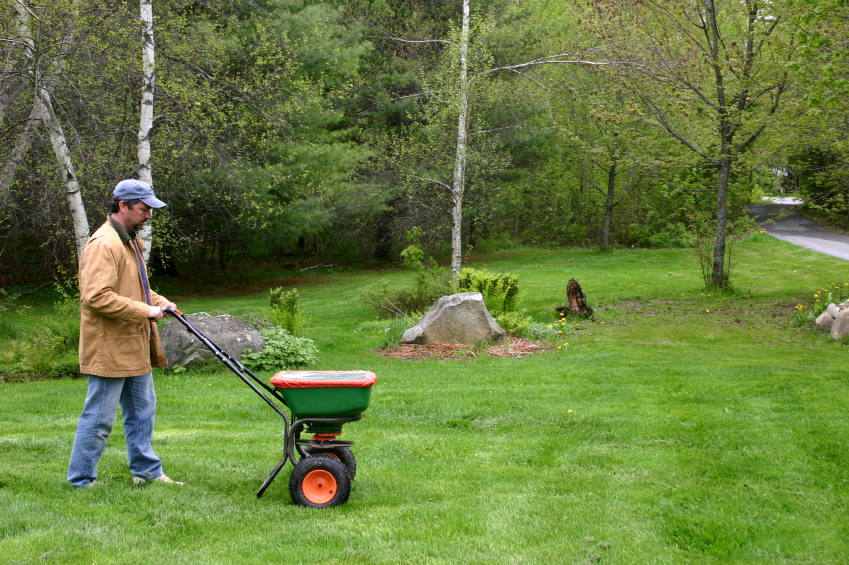 Photo by
Photo by